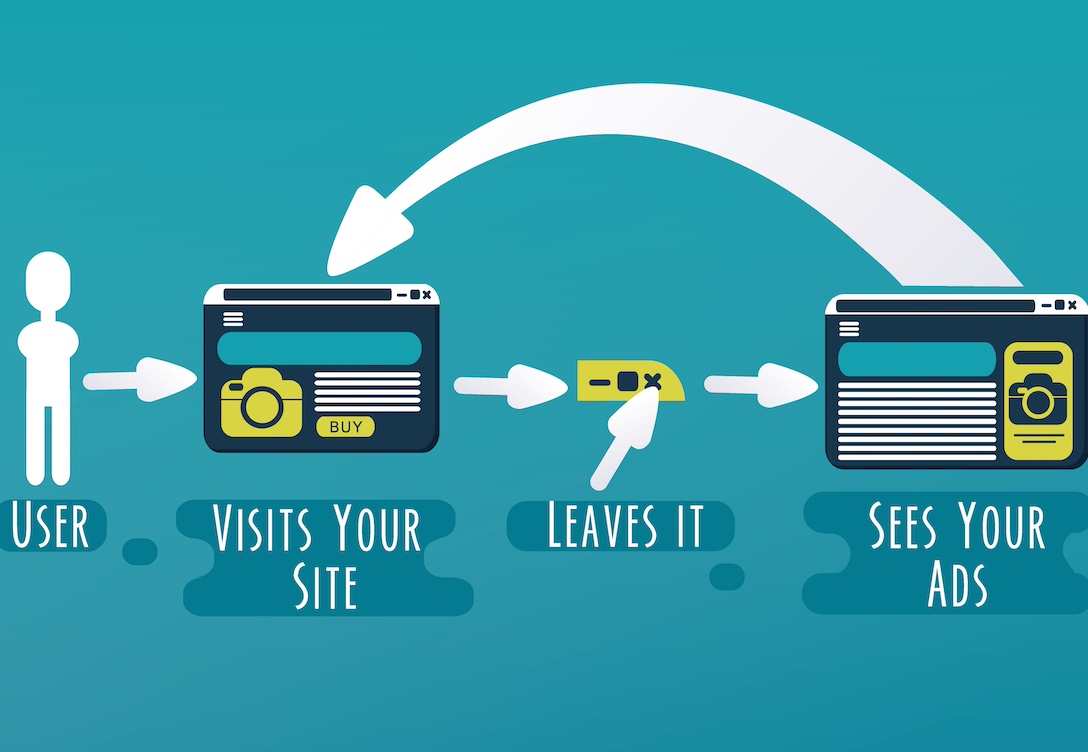Advanced Techniques for Remarketing Campaigns
Remarketing, also known as retargeting, is a powerful digital marketing strategy that allows you to reconnect with users who have previously interacted with your website or mobile app. By targeting these past visitors with personalized ads, you can effectively nurture leads, increase brand awareness, and drive conversions. In this comprehensive guide, we will delve into advanced techniques for remarketing campaigns, including strategies, best practices, and innovative approaches to maximize your campaign's effectiveness.
Why Use Remarketing?
Remarketing offers several benefits for advertisers:
- Targeted Reach: Reach users who have shown interest in your products or services, increasing the likelihood of conversion.
- Personalization: Tailor ads based on users' past interactions with your website or app, enhancing relevance.
- Increased ROI: Typically, remarketing campaigns have higher conversion rates and lower cost-per-acquisition (CPA) compared to other digital advertising strategies.
- Brand Recall: Reinforce brand awareness and encourage repeat visits to your website.
Advanced Techniques for Remarketing Campaigns
1. Dynamic Remarketing
Dynamic remarketing takes personalized ads to the next level by showcasing specific products or services that users viewed on your website:
- Product Feed: Create a product feed that includes information such as product ID, name, price, and image.
- Customized Ads: Automatically generate ads that display the exact products or services users previously viewed, reminding them of their interest.
2. Sequential Remarketing
Sequential remarketing involves showing ads to users based on their behavior or interaction sequence:
- Campaign Sequencing: Create a sequence of ads that tell a cohesive story or offer additional information to move users further down the conversion funnel.
- Event-Based Remarketing: Show different ads based on specific actions users have taken on your website, such as abandoning a shopping cart or signing up for a trial.
3. Cross-Device Remarketing
Cross-device remarketing allows you to target users across multiple devices, ensuring a consistent message and user experience:
- Device ID Matching: Use advanced tracking methods to identify users across devices, such as mobile phones, tablets, and desktops.
- Seamless Experience: Optimize landing pages and ad formats for different devices to provide a seamless user experience.
4. Customer Segmentation
Segment your audience based on various criteria to deliver more personalized remarketing campaigns:
- Behavioral Segmentation: Segment users based on their behavior on your website, such as frequent visitors, first-time visitors, or past purchasers.
- CRM Data: Utilize customer relationship management (CRM) data to create segments based on demographics, purchase history, or customer lifetime value (CLV).
5. Dynamic Creative Optimization (DCO)
DCO involves automatically optimizing ad creatives based on user data and real-time signals:
- Ad Customization: Customize ad elements such as headlines, images, and CTAs based on user preferences and behaviors.
- Real-Time Updates: Update ad creatives dynamically to reflect changes in inventory, pricing, or promotions.
6. Frequency Capping and Ad Sequencing
Manage ad exposure by setting frequency caps to control how often users see your ads:
- Optimal Frequency: Determine the ideal number of ad impressions per user to avoid ad fatigue and maintain engagement.
- Ad Sequencing: Sequence ads to deliver a series of messages over time, gradually guiding users through the purchase journey or brand engagement process.
7. Advanced Audience Targeting
Expand remarketing reach with advanced audience targeting options:
- Similar Audiences: Target users who share similar characteristics or behaviors with your existing remarketing list.
- Custom Intent Audiences: Reach users based on their recent search behaviors and intent signals related to your products or services.
Best Practices for Advanced Remarketing Campaigns
1. Strategic Audience Segmentation
- Granular Segmentation: Segment audiences based on specific behaviors, interests, or demographics to deliver highly relevant ads.
- Exclusion Lists: Use exclusion lists to prevent showing ads to users who have already converted or are not likely to convert.
2. Creative and Messaging Testing
- A/B Testing: Test different ad creatives, messaging, and offers to identify which combinations drive the highest engagement and conversions.
- Creative Refresh: Regularly update ad creatives to maintain user interest and relevance.
3. Optimized Landing Pages
- Consistent Messaging: Ensure landing pages align with the ad's message and offer a seamless user experience.
- Conversion Optimization: Implement best practices for landing page design, usability, and load speed to maximize conversion rates.
4. Performance Monitoring and Optimization
- Real-Time Monitoring: Continuously monitor campaign performance metrics such as click-through rate (CTR), conversion rate, and ROI.
- Adjust Bids and Budgets: Optimize bids and budget allocations based on performance data to maximize campaign efficiency.
Tools for Advanced Remarketing Campaigns
- Google Ads: Offers robust remarketing capabilities, including dynamic remarketing and audience segmentation.
- Google Analytics: Provides insights into user behavior and conversion paths to inform remarketing strategies.
- DoubleClick Campaign Manager (DCM): Advanced platform for managing and optimizing display ad campaigns, including remarketing.
Advanced remarketing techniques allow advertisers to engage with users at various stages of the customer journey, delivering personalized experiences that drive conversions and enhance brand loyalty. By leveraging dynamic remarketing, cross-device targeting, customer segmentation, and advanced audience targeting options, you can create more effective remarketing campaigns that resonate with your audience and deliver measurable results. Implement the strategies and best practices outlined in this guide, adapt them to your business objectives and audience needs, and continuously optimize your remarketing efforts to maximize ROI and achieve long-term success in digital advertising.






































